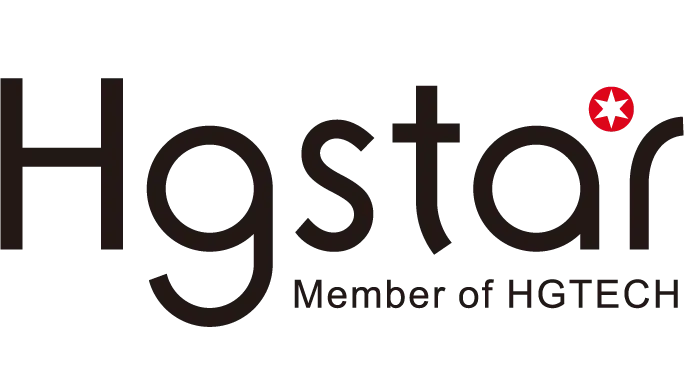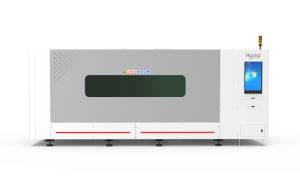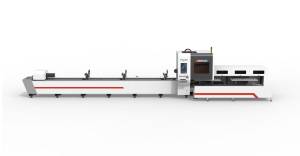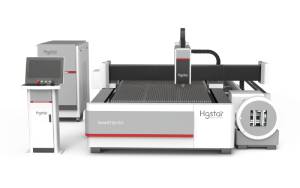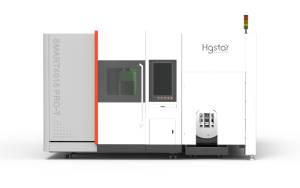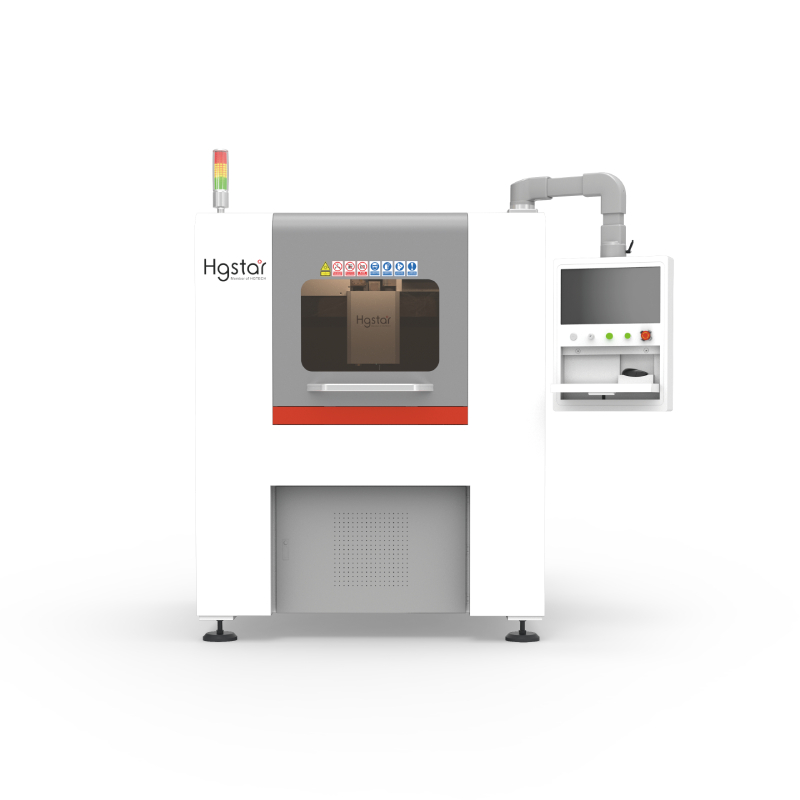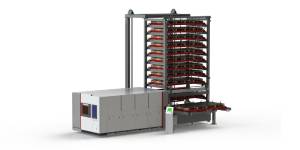Projects
Application of Laser Cleaning Machine in Surface Cleaning
The application of laser cleaning mainly stems from the market’s need for a non-toxic and non abrasive cleaning method, which can serve as an alternative to the previously used chemical cleaning, manual cleaning, and abrasive jet cleaning methods.

The main advantages of using lasers in surface cleaning applications include:
- Automated cleaning methods
- Reduce the amount of waste
- Improve security
- No need for chemicals or sandblasting
- Non wear and non contact cleaning processes
Clean anode components
The aluminum smelting industry uses carbon blocks as sacrificial anodes in primary aluminum production. The quality of the anode has an impact on the environment, economy, and technology of aluminum production. A small portion of the battery power is used to overcome the resistance of the pre baked anode.
The presence of dirt and other pollutants increases the resistance of the anode, resulting in more battery power consumption. The presence of pollutants also shortens the lifespan of the anode by increasing its consumption rate during the smelting process. From an efficiency perspective, it is necessary to clean and remove all pollutants on the surface of the anode components before using them for aluminum smelting operations.
In addition, anode components are valuable tools that can be reused, but their main components must be thoroughly and carefully treated under specific conditions. Laser cleaning can meet specific conditions for the reusability of anode components.
Preparing for Metal Bonding
In order to improve process stability, surface adhesion, and better welding quality, it is necessary to prepare the surface of the metal material to be connected before applying welding and other connection techniques.
If the surface of the metal material is not cleaned as necessary, the joints and joints will easily deteriorate, increase wear and even cause catastrophic failure. Laser cleaning can be used to treat the surface before joining, thereby obtaining excellent bonding strength, improving corrosion resistance and durability.
Laser cleaning is suitable for bonding preparation as it can remove oxides and other pollutants that can reduce bonding strength, such as grease and oxides. Laser cleaning is particularly suitable for applications involving curved surfaces or for cleaning parts with highly complex three-dimensional geometric shapes.
One of the main benefits of laser cleaning is the ability to fine tune its power and wavelength, allowing for precise correction of metals used for microstructure, such as magnesium and aluminum. It also endows the material with high corrosion resistance, ensuring stable and long-lasting adhesion.
In recent years, adhesive methods have been increasingly used in structural design applications, rather than traditional connection techniques such as riveting and laser welding. This is because compared to traditional technology, the bonding method has many advantages.
These advantages include uniform stress distribution, reduced corrosion, reduced structure, vibration attenuation, and sound insulation. However, these benefits can only be achieved if the surface to be bonded is carefully cleaned.
Laser cleaning is an ideal choice for such applications as it carefully removes oil, rust, protective coatings, and other pollutants generated during transportation without causing damage to the substrate material.
About HGSTAR: HGSTAR is is a sub-brand of HGTECH.HGTECH the pioneer and leader of laser industrial application in China, and the authoritative provider of global laser processing solutions. We have comprehensively arranged laser intelligent machine, measurement and automation production lines, and smart factory construction to provide overall solutions for intelligent manufacturing.
